Nifebond Tablet contains Nifedipine, a calcium channel blocker used to treat high blood pressure and chest pain (angina). This medication works by relaxing blood vessels, improving blood flow, and reducing the heart’s workload.
Uses
Nifebond Tablet treats hypertension (high blood pressure) and chronic stable angina. It helps prevent chest pain episodes and reduces blood pressure to normal levels. Nifebond may also be prescribed for certain heart rhythm disorders and Raynaud’s phenomenon in some patients.
Benefits
- Effectively lowers high blood pressure
- Prevents angina attacks and chest pain
- Improves blood flow to the heart
- Reduces risk of stroke and heart attack
- Decreases heart’s oxygen demand
- Helps manage chronic stable angina
- Improves exercise tolerance
- Reduces frequency of angina episodes
- Well-established safety profile
How It Works
Nifebond blocks calcium channels in blood vessel walls and heart muscle cells. This prevents calcium from entering cells, causing blood vessels to relax and widen. The relaxed vessels allow blood to flow more easily, reducing blood pressure and improving oxygen delivery to the heart muscle.
Dosage
| Condition | Starting Dosage | Maximum Daily Dosage |
|---|---|---|
| Hypertension | 10 mg 2× daily | 40 mg twice daily |
| Angina | 10 mg 3× daily | 20 mg three times daily |
Take Nifebond with water, preferably after meals. Swallow tablets whole; do not crush or chew extended-release formulations.
Duration of Action
Nifebond begins working within 30 minutes to 1 hour after taking. Blood pressure lowering effects peak at 1-2 hours and last 6-8 hours for immediate-release tablets. Extended-release formulations provide 12-24 hours of action. Full therapeutic benefits may take 2-4 weeks of regular use.
Side Effects
Common side effects include dizziness, headache, flushing, and ankle swelling. Some patients experience fatigue, nausea, or constipation. Gum swelling may occur with long-term use. Most side effects are mild and improve as the body adjusts to Nifebond.
Warning
Do not stop taking Nifebond suddenly as this may worsen chest pain or cause rebound hypertension. Use caution when standing up quickly due to potential dizziness. Avoid grapefruit juice which can increase drug levels. Seek immediate medical attention for severe chest pain, irregular heartbeat, or fainting.
Pregnancy and Breastfeeding
Nifebond should be used during pregnancy only if clearly needed and benefits outweigh risks. It may be used to treat pregnancy-induced hypertension under medical supervision. Small amounts pass into breast milk, but it’s generally considered safe during breastfeeding with medical monitoring.
Interaction
- Grapefruit juice significantly increases Nifebond levels
- May enhance effects of other blood pressure medications
- Possible interaction with certain antibiotics and antifungals
- Could increase levels of digoxin and some immunosuppressants
- May reduce effectiveness of beta-blockers in some cases
- Alcohol may enhance blood pressure lowering effects
Precaution
Use with caution in patients with liver disease, severe heart failure, or aortic stenosis. Monitor blood pressure regularly during treatment with Nifebond. Elderly patients may be more sensitive to side effects. Maintain good dental hygiene to prevent gum problems. Avoid activities requiring alertness if experiencing dizziness.
Important Information
Nifebond is for long-term management of hypertension and angina. Regular blood pressure monitoring is essential. Maintain a healthy lifestyle including proper diet and exercise. Store at room temperature away from moisture and heat. Don’t share medication with others. Keep all medical appointments for monitoring and dosage adjustments.


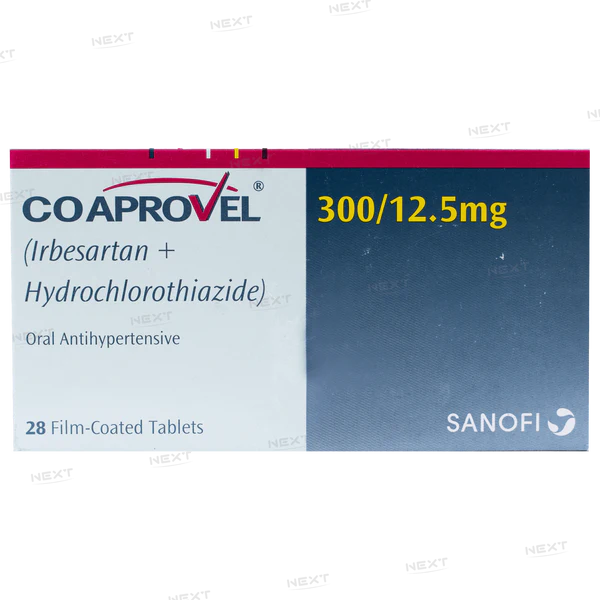
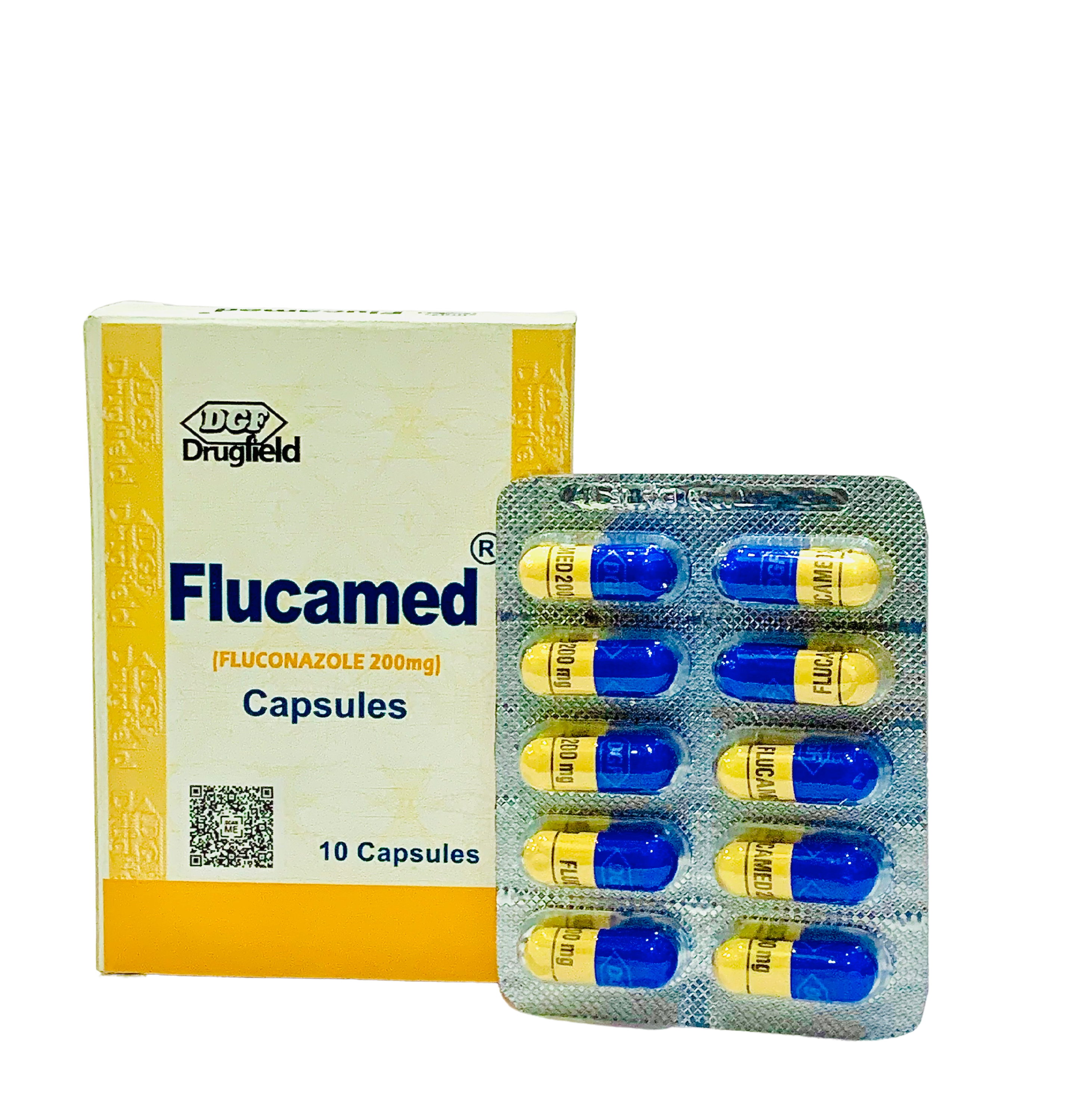

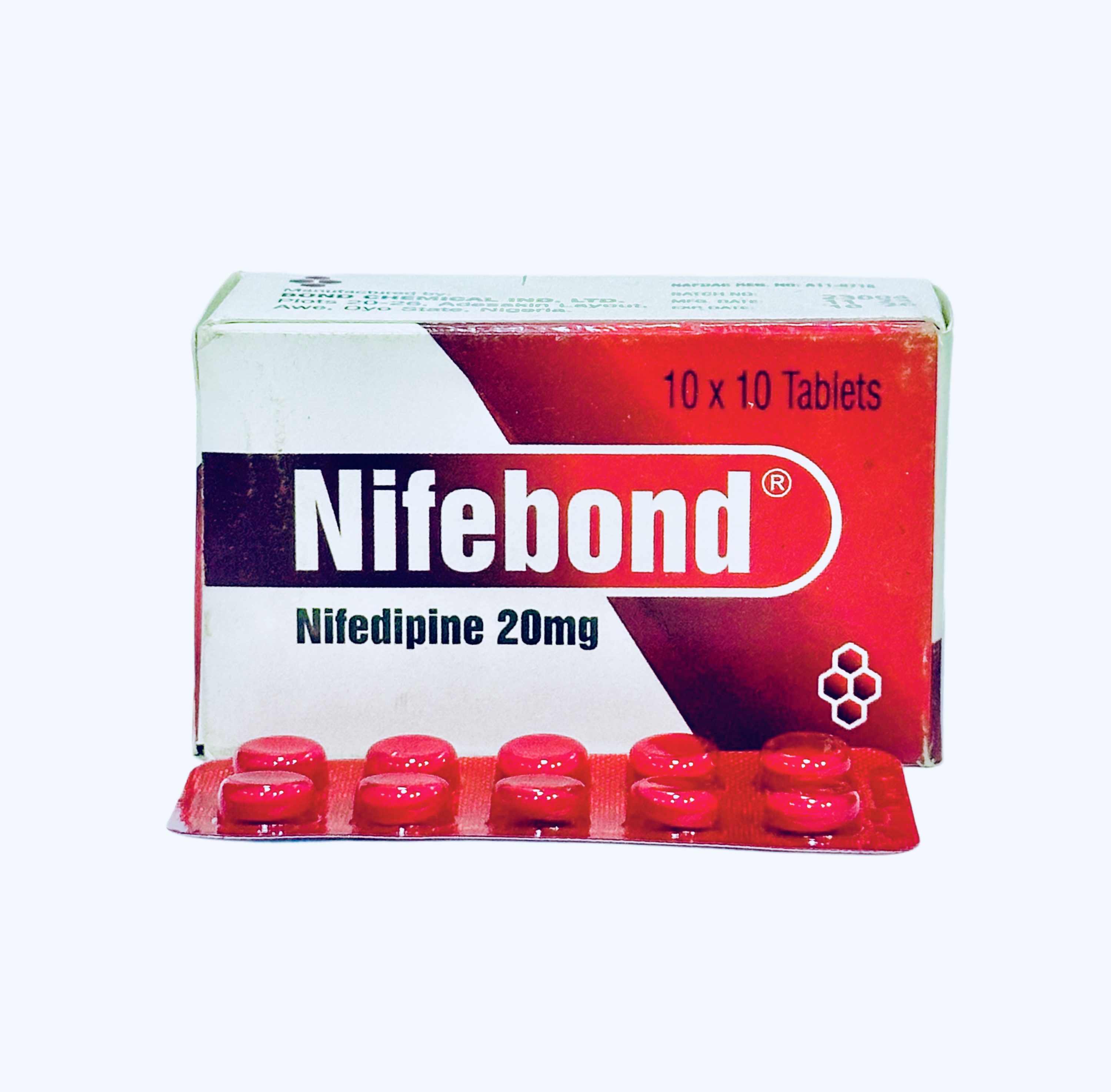
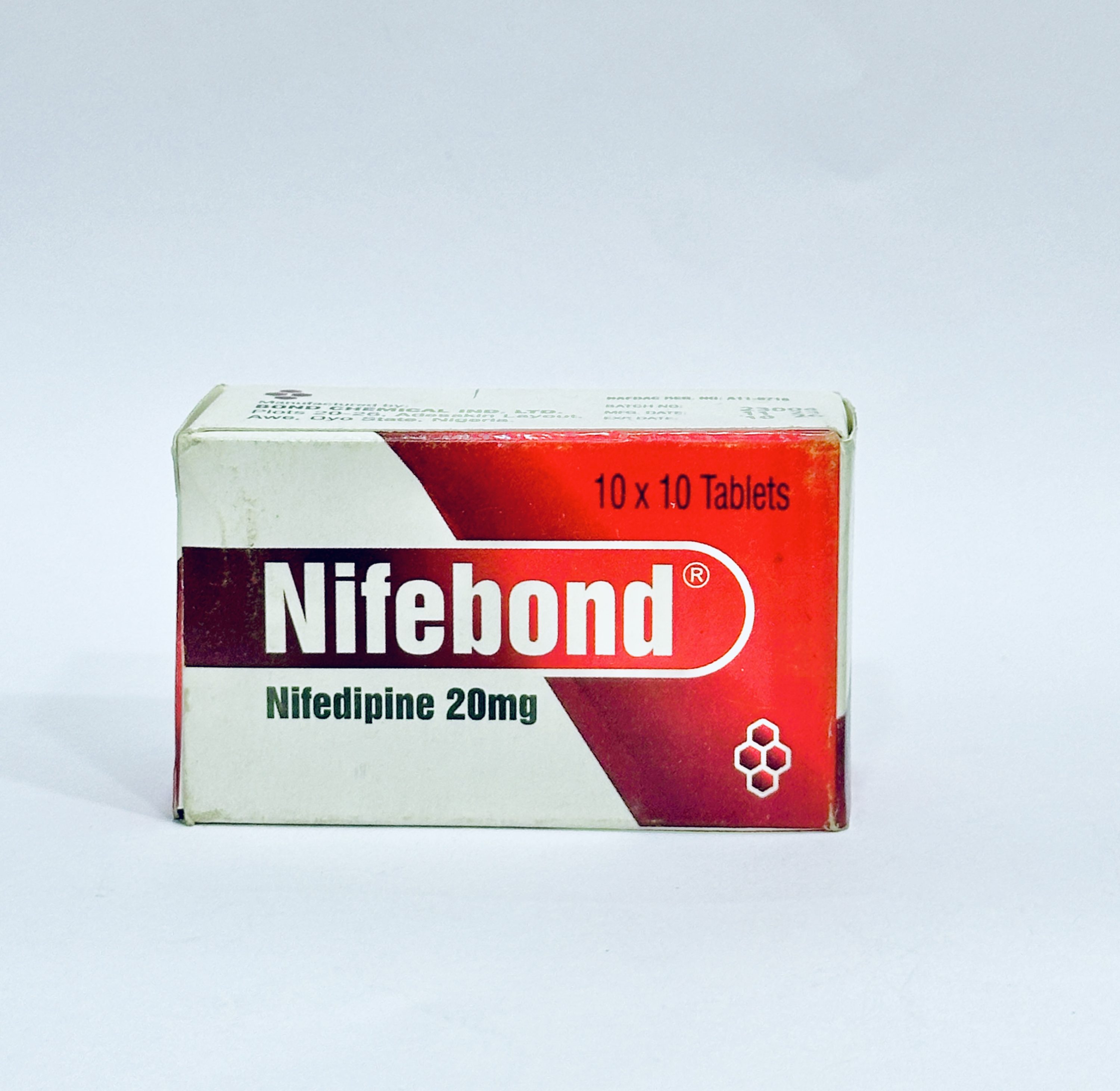
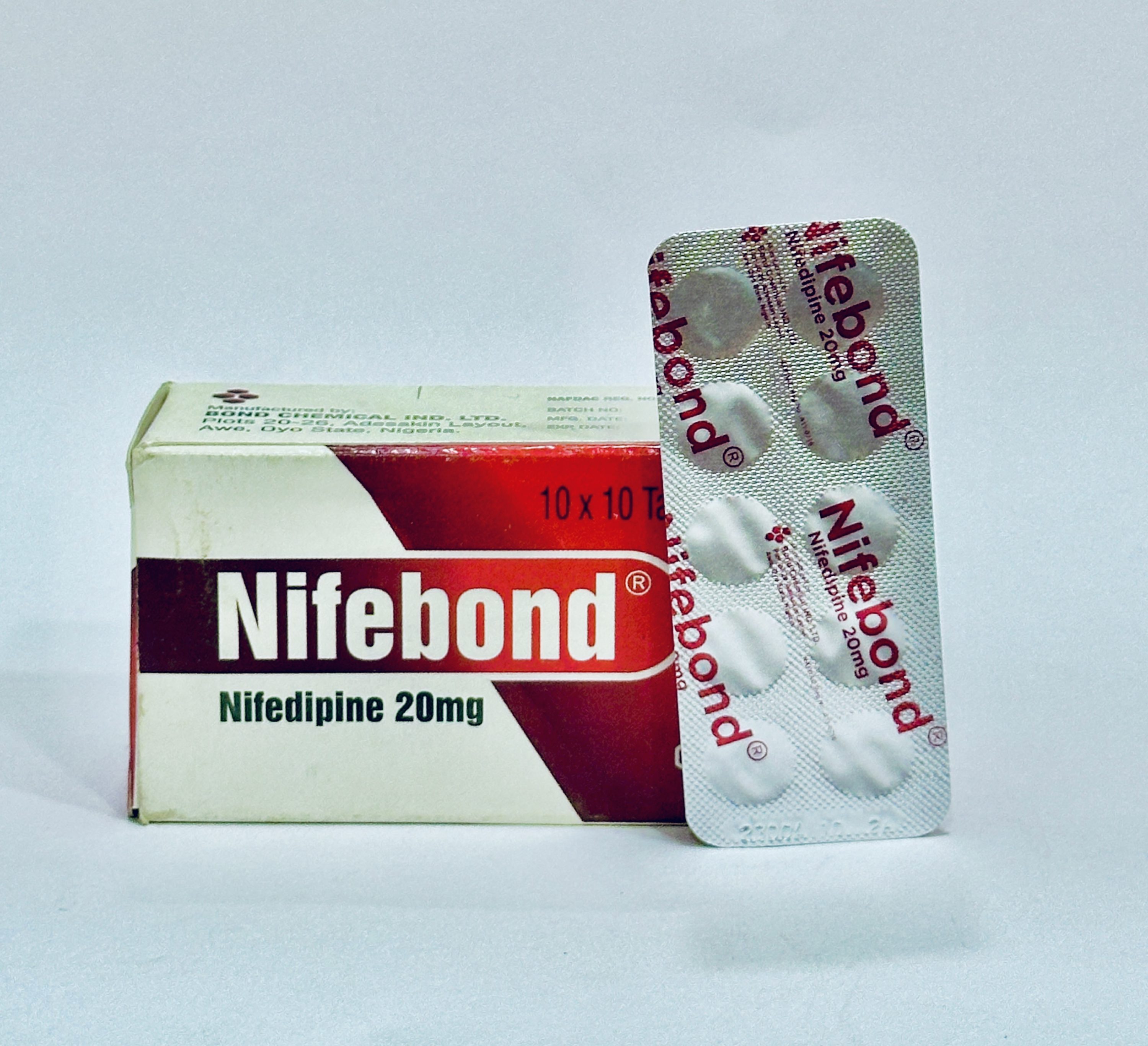
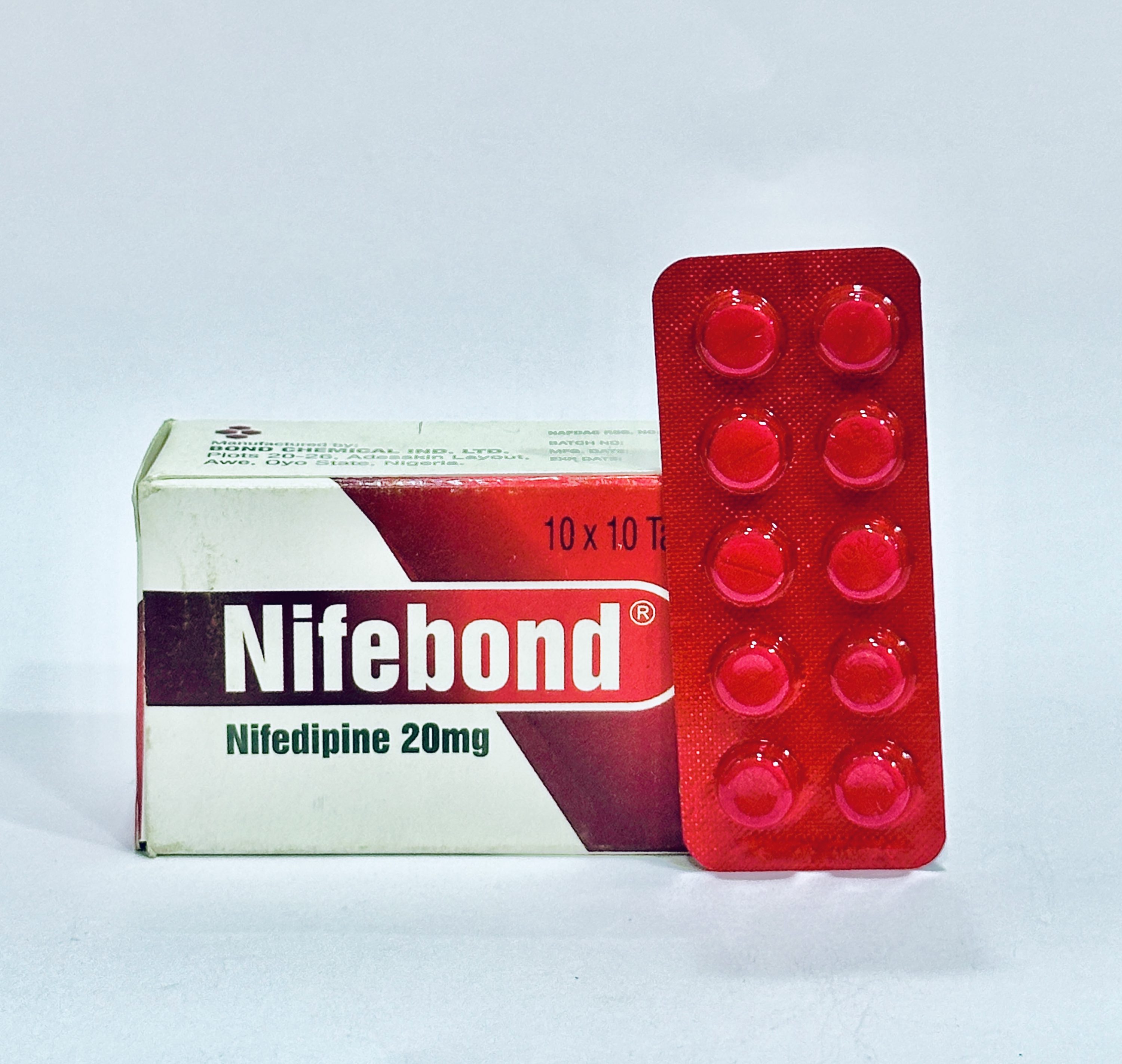
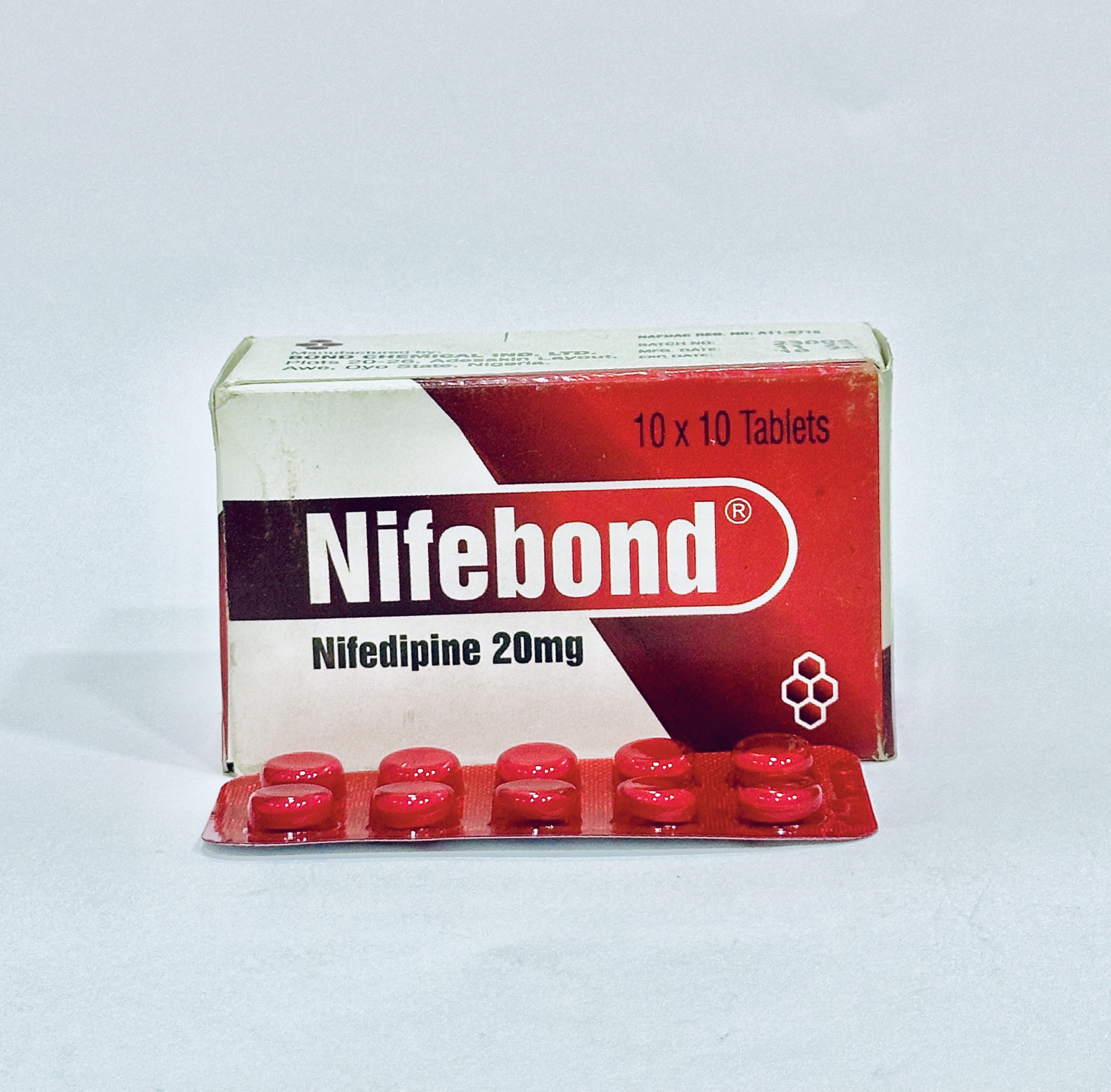


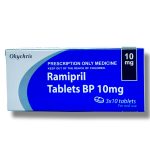
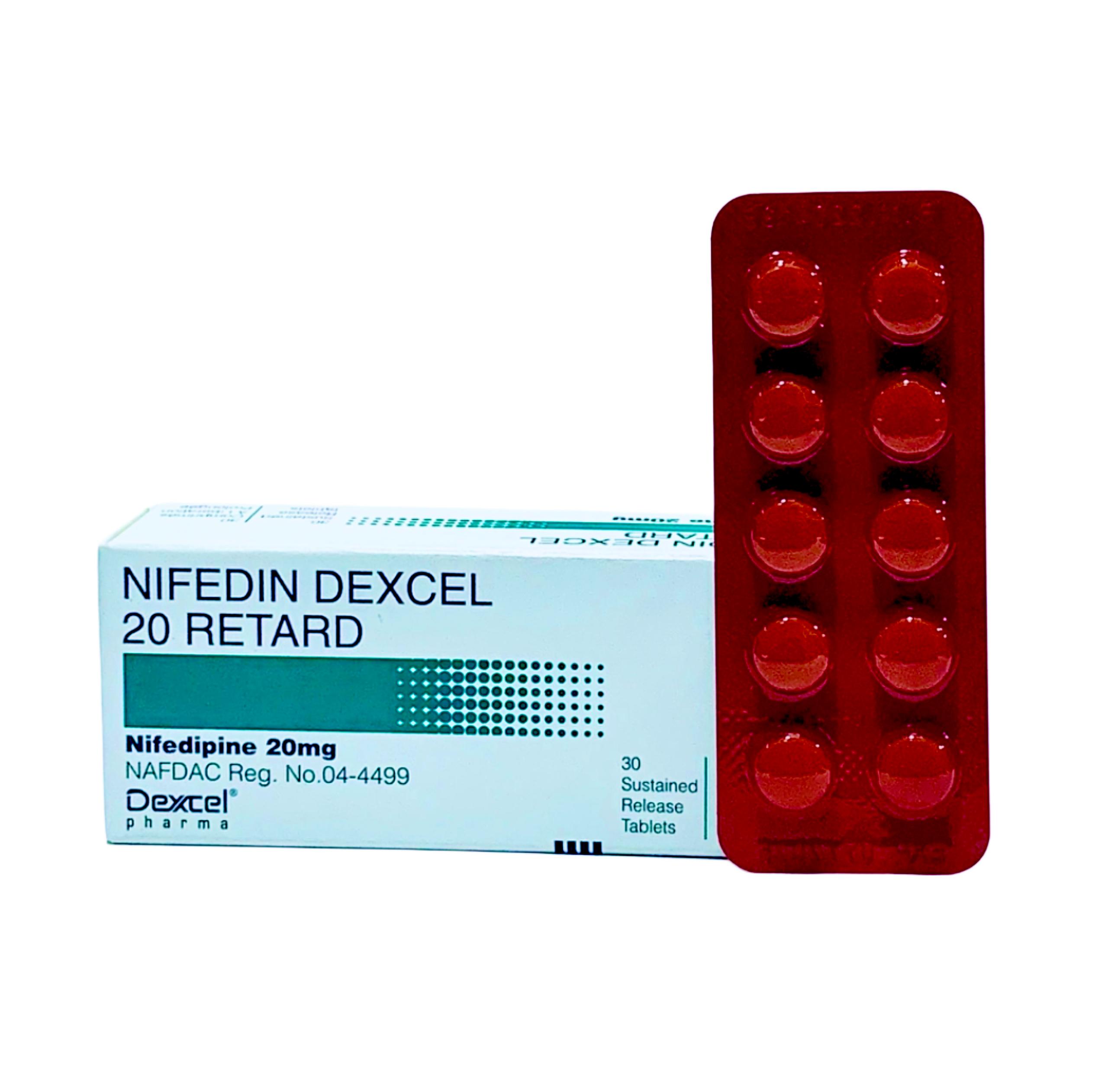
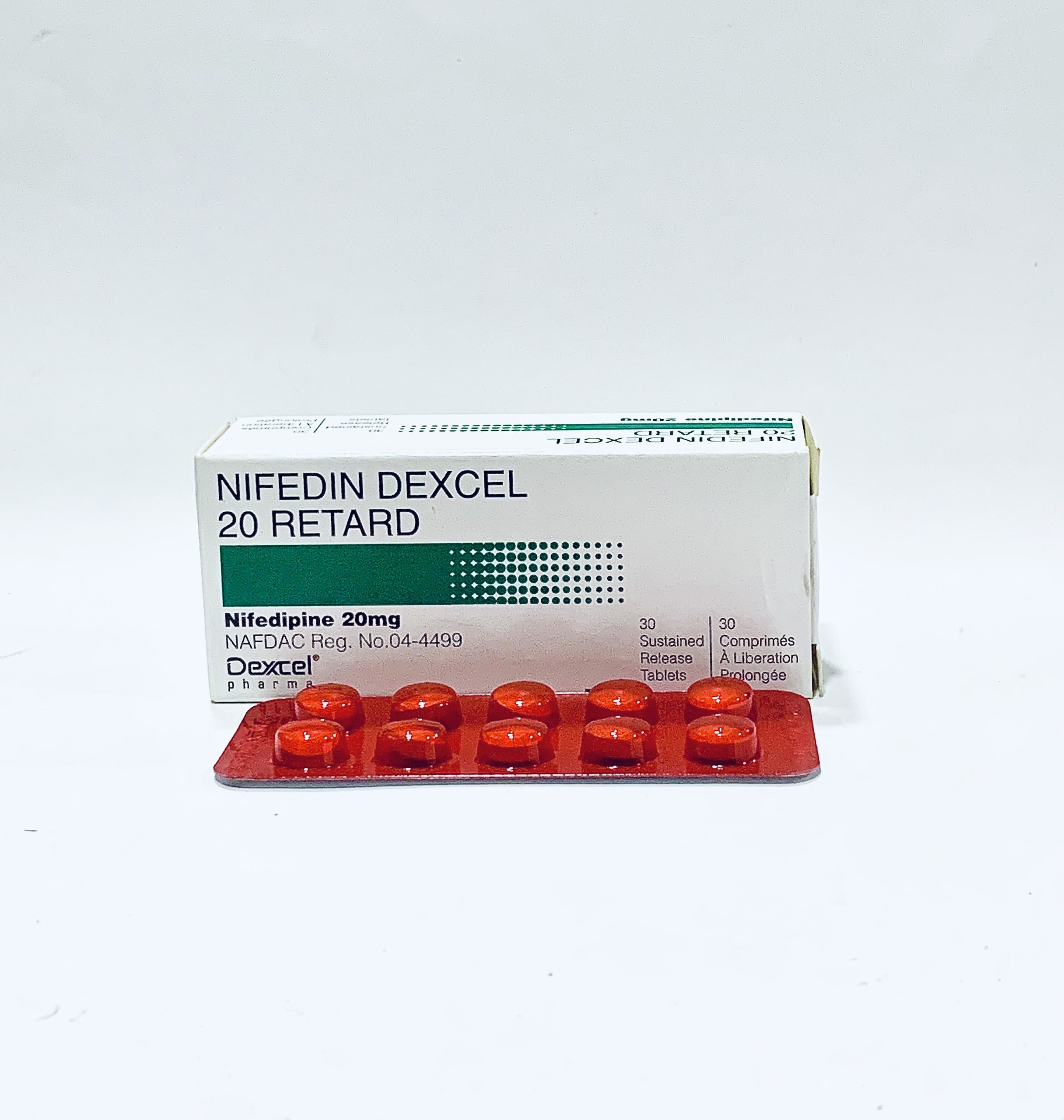
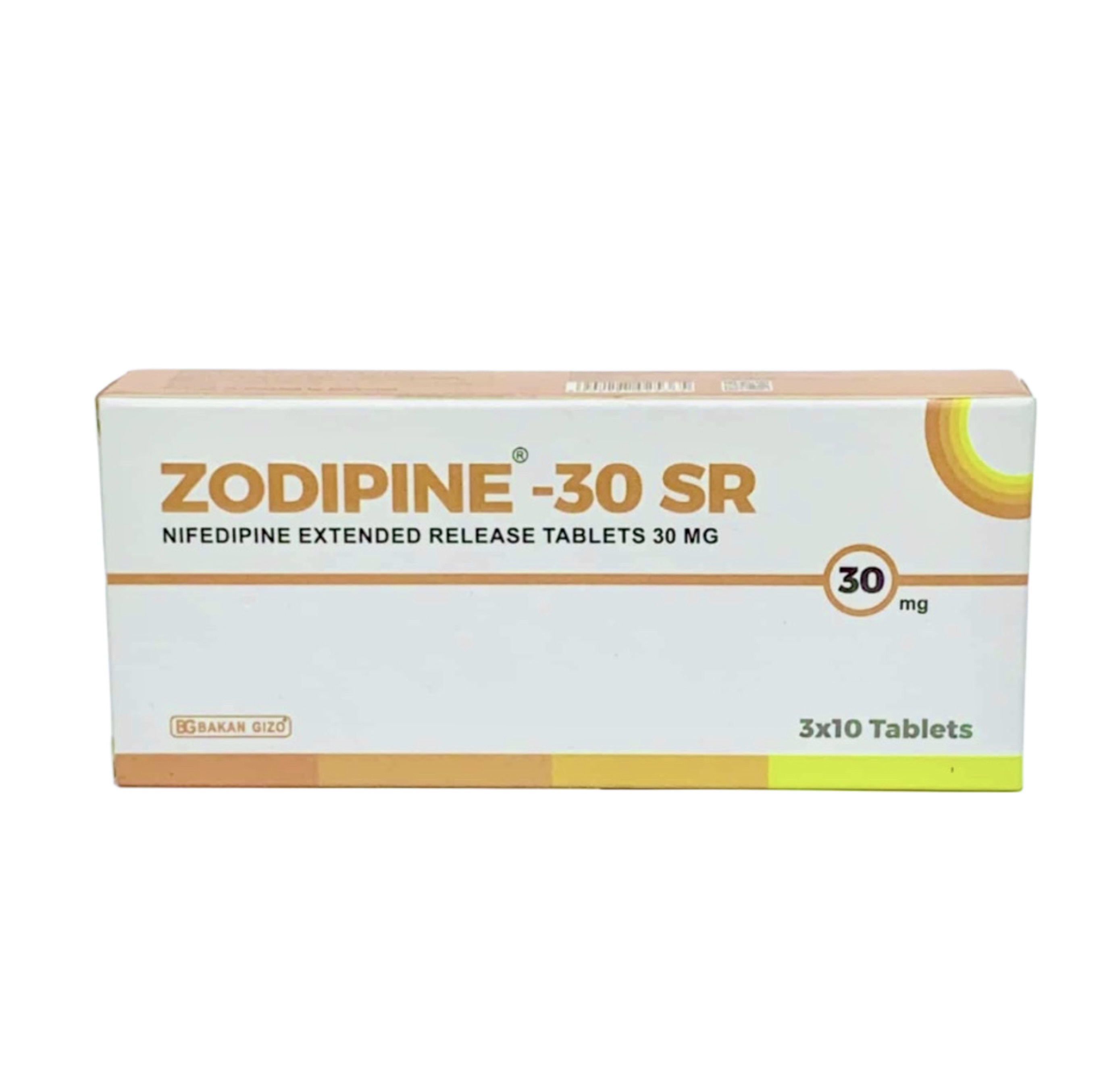
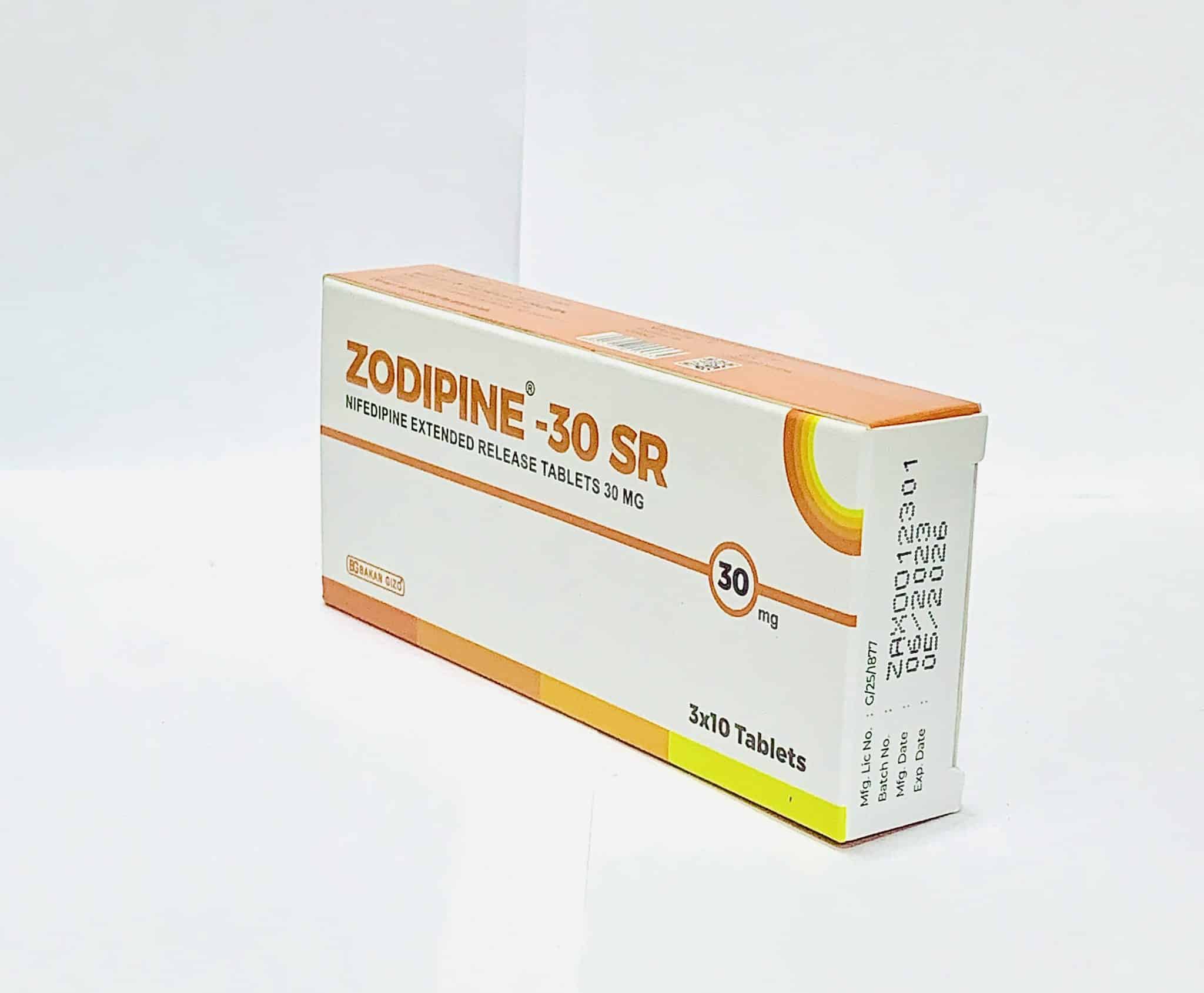
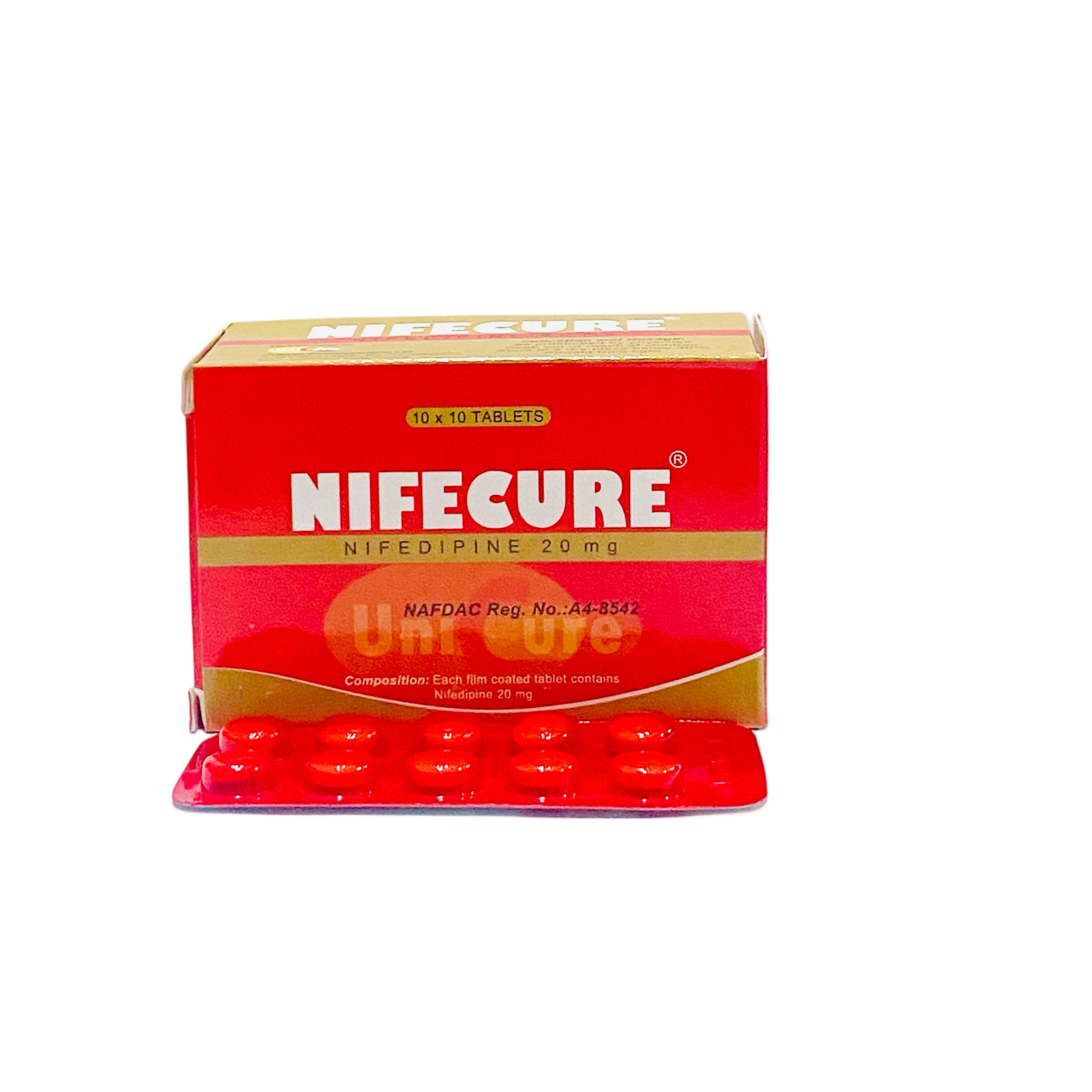

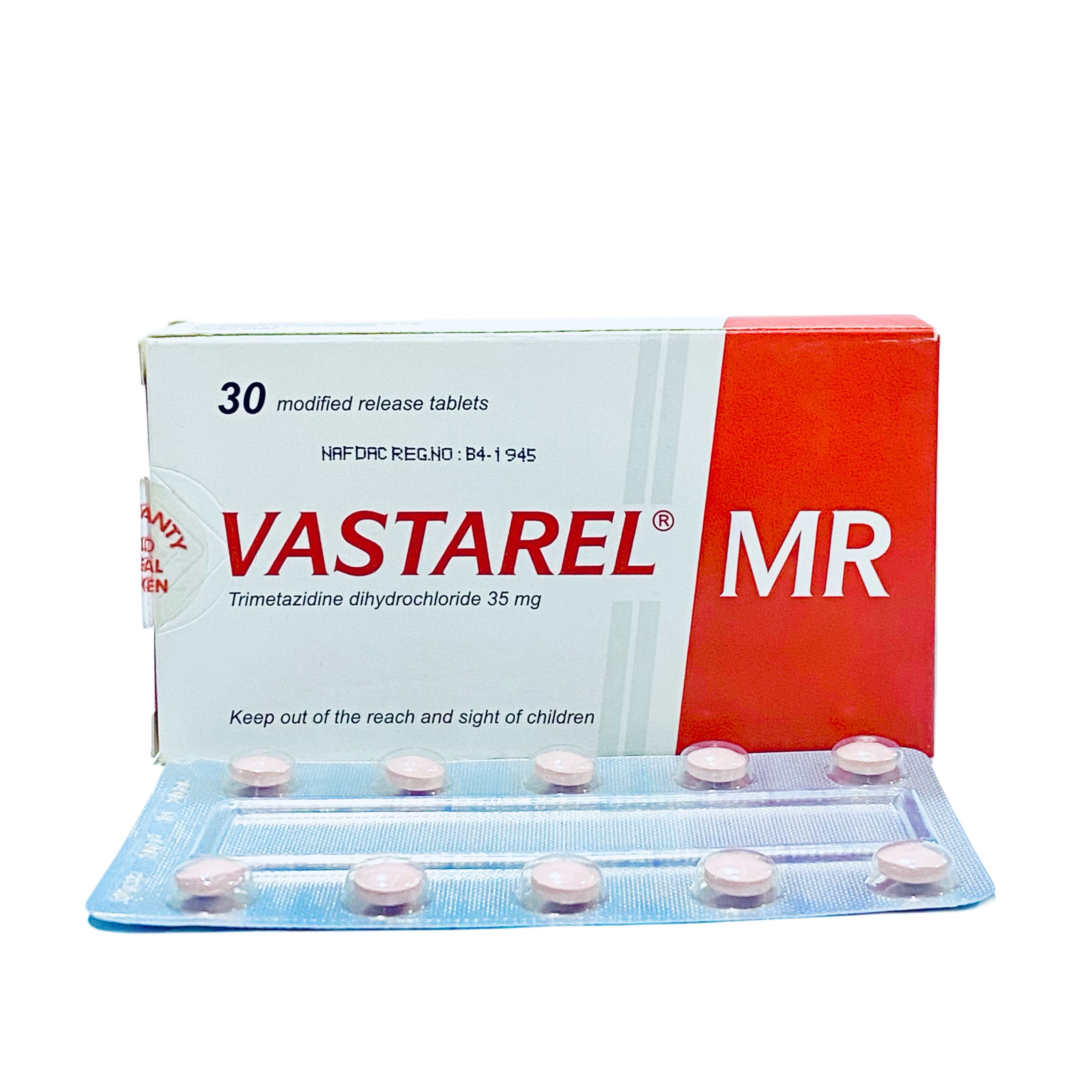
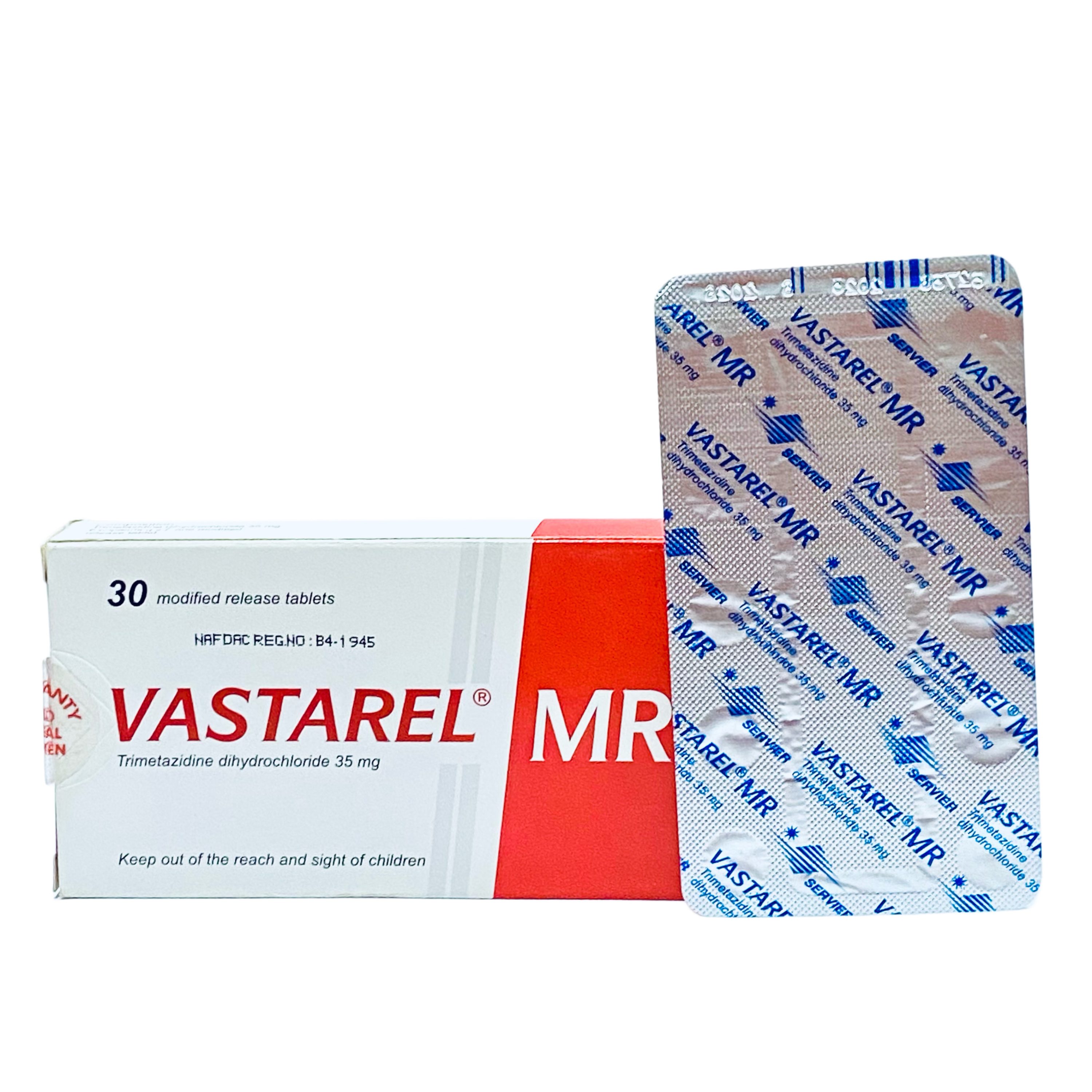
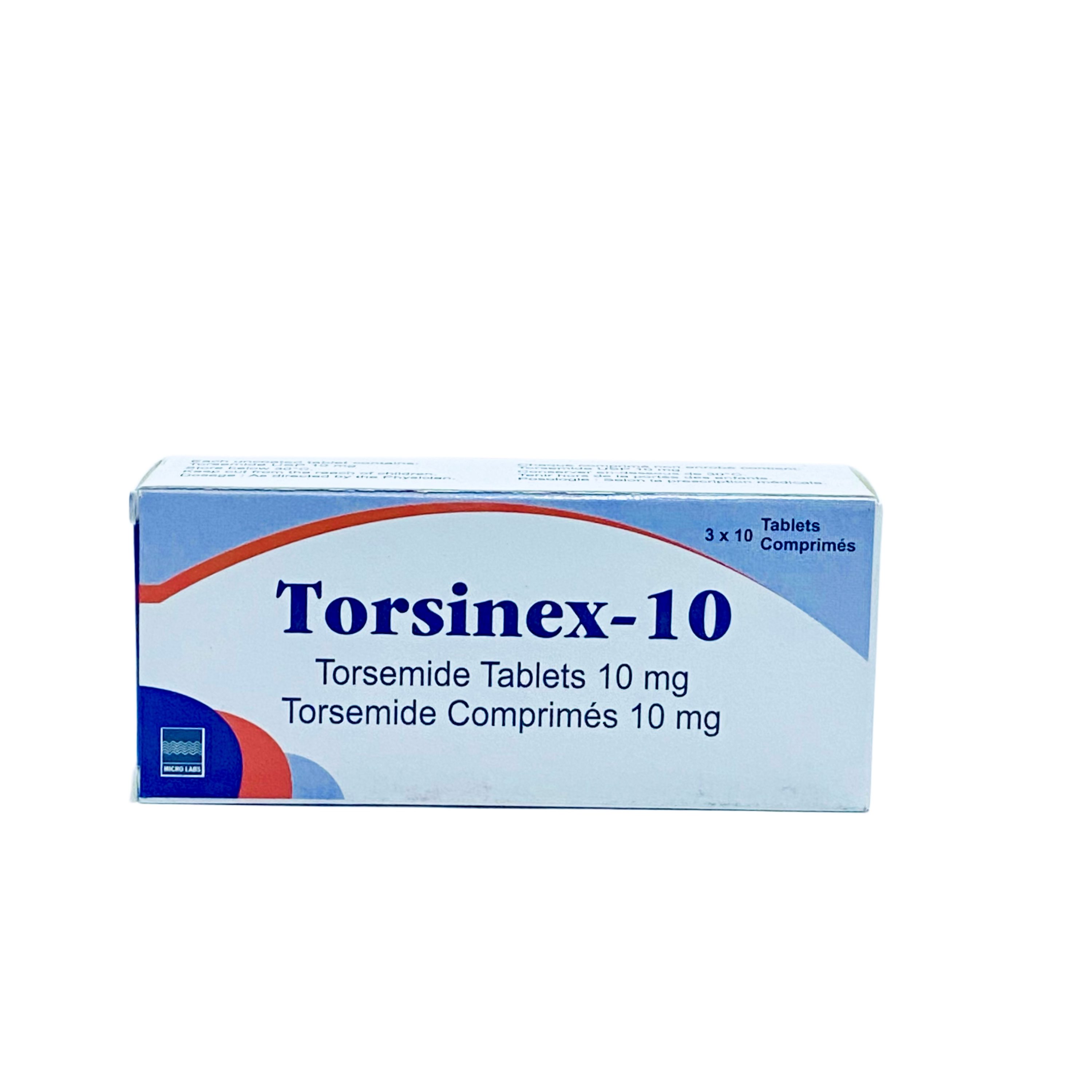
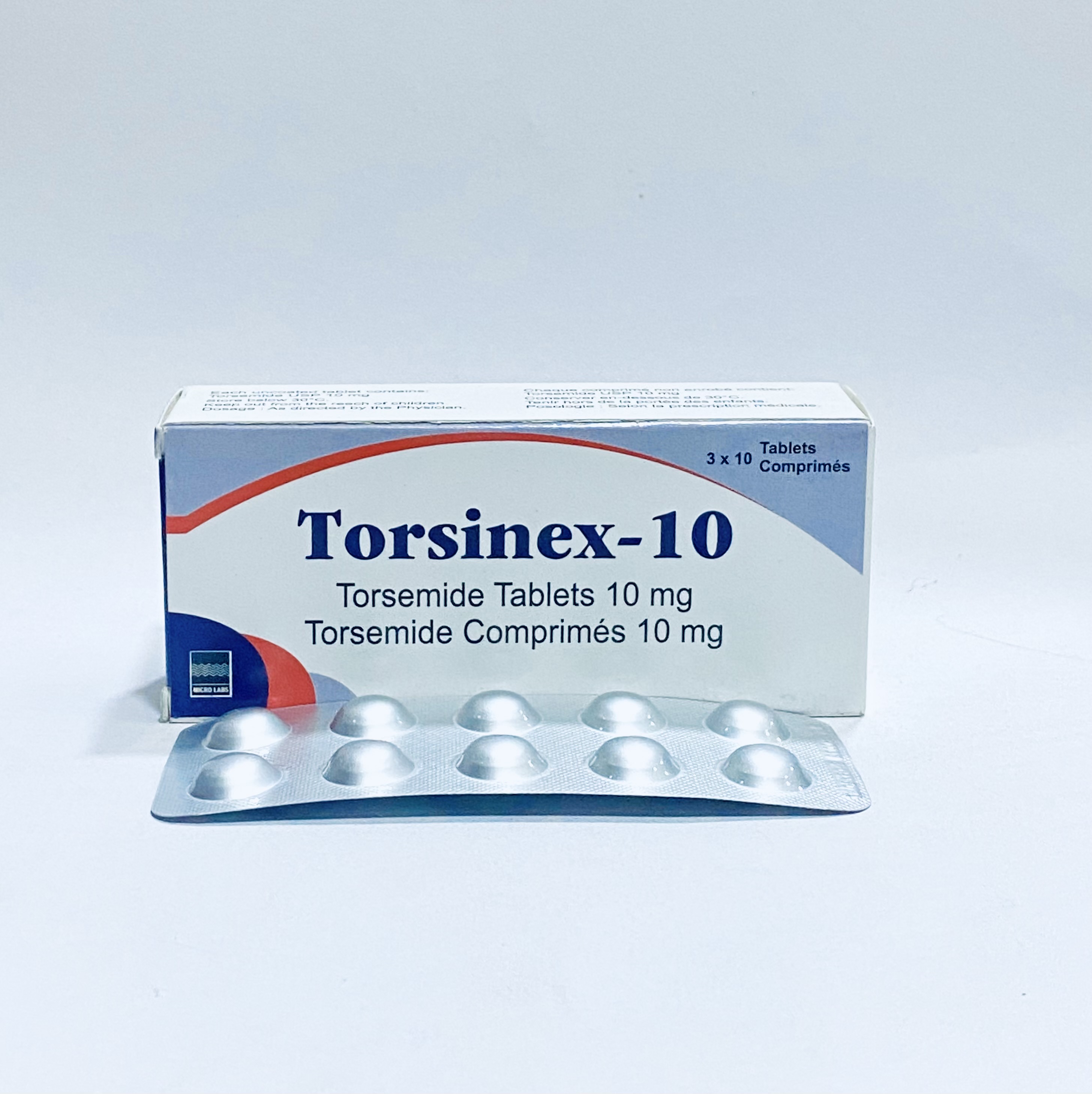

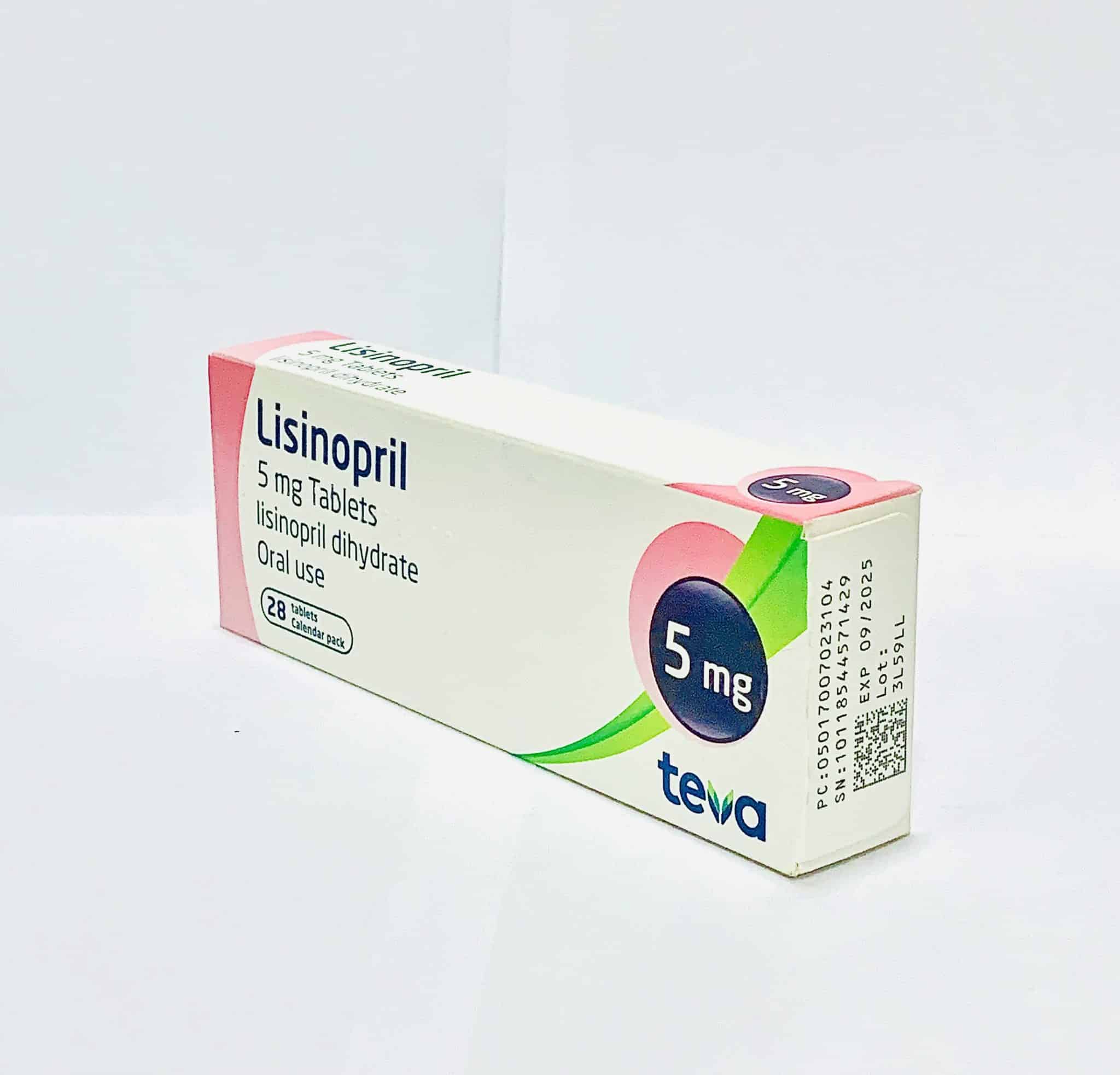
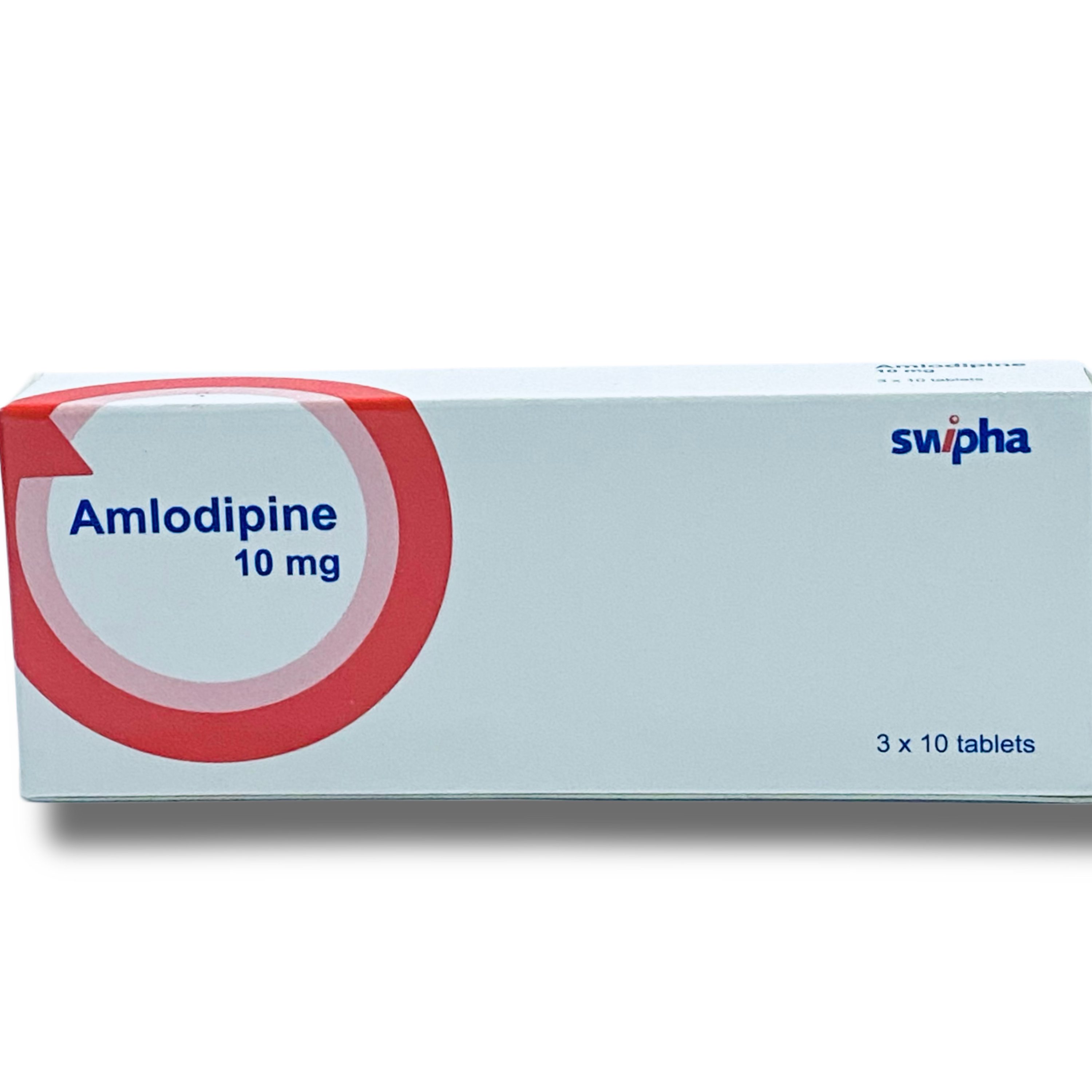
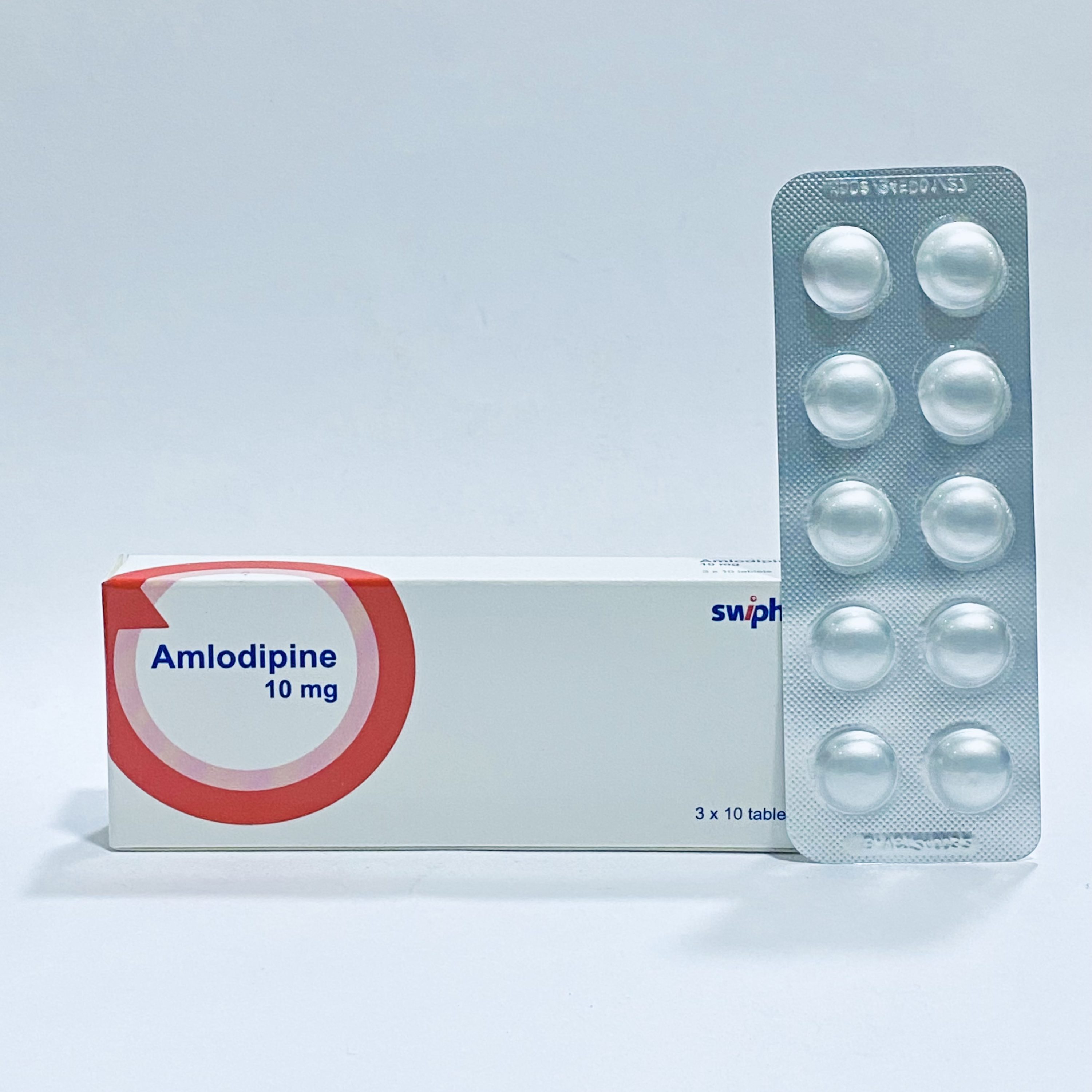
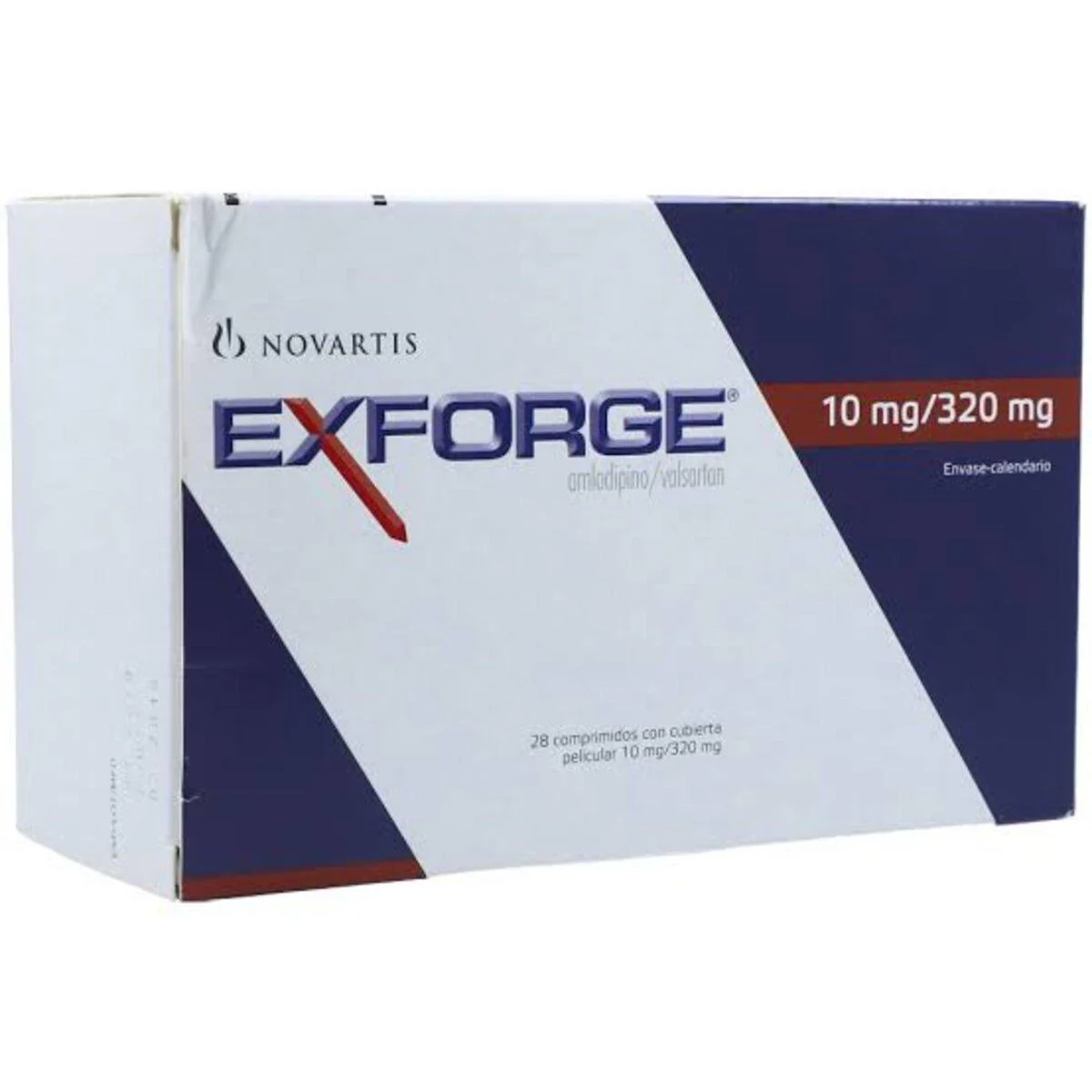

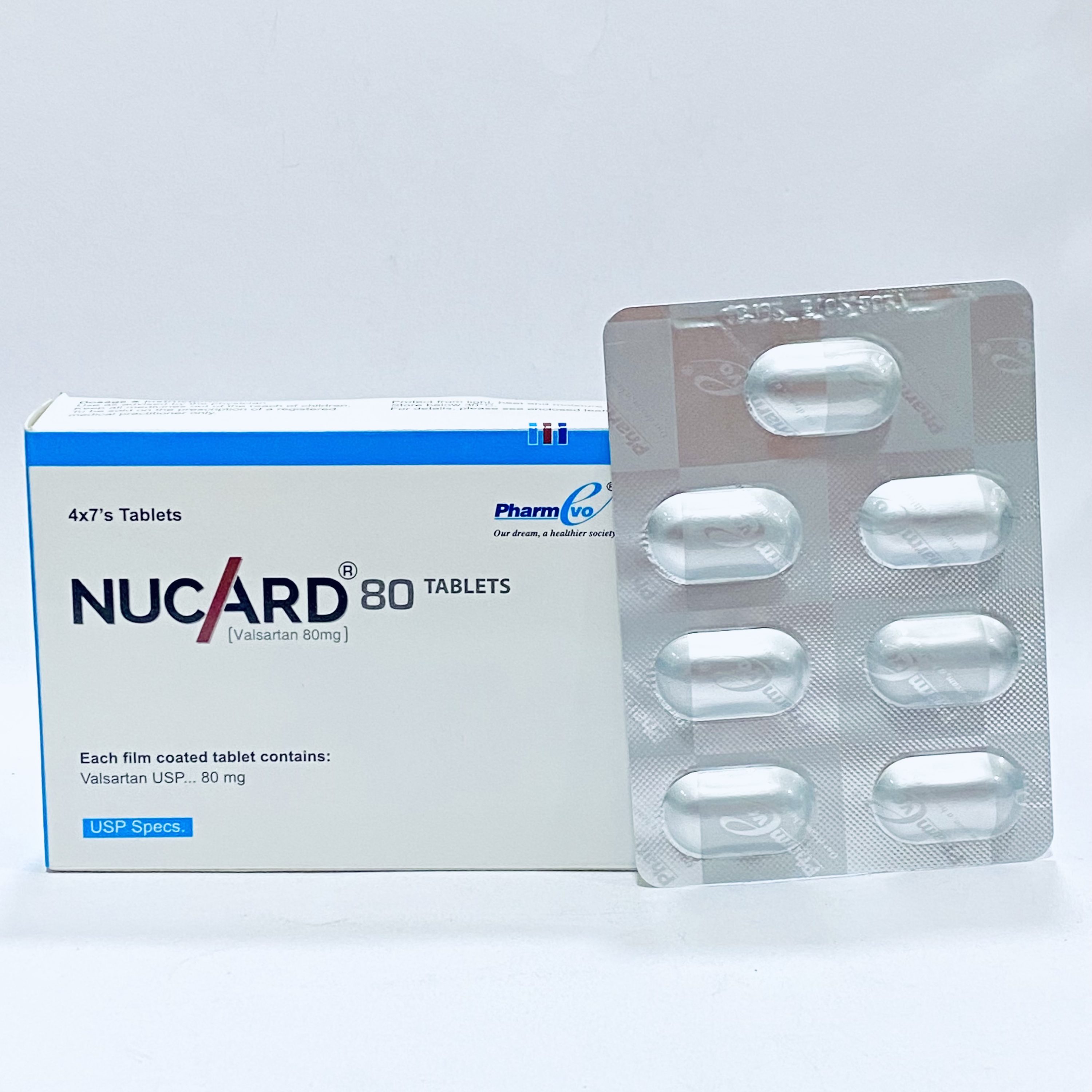
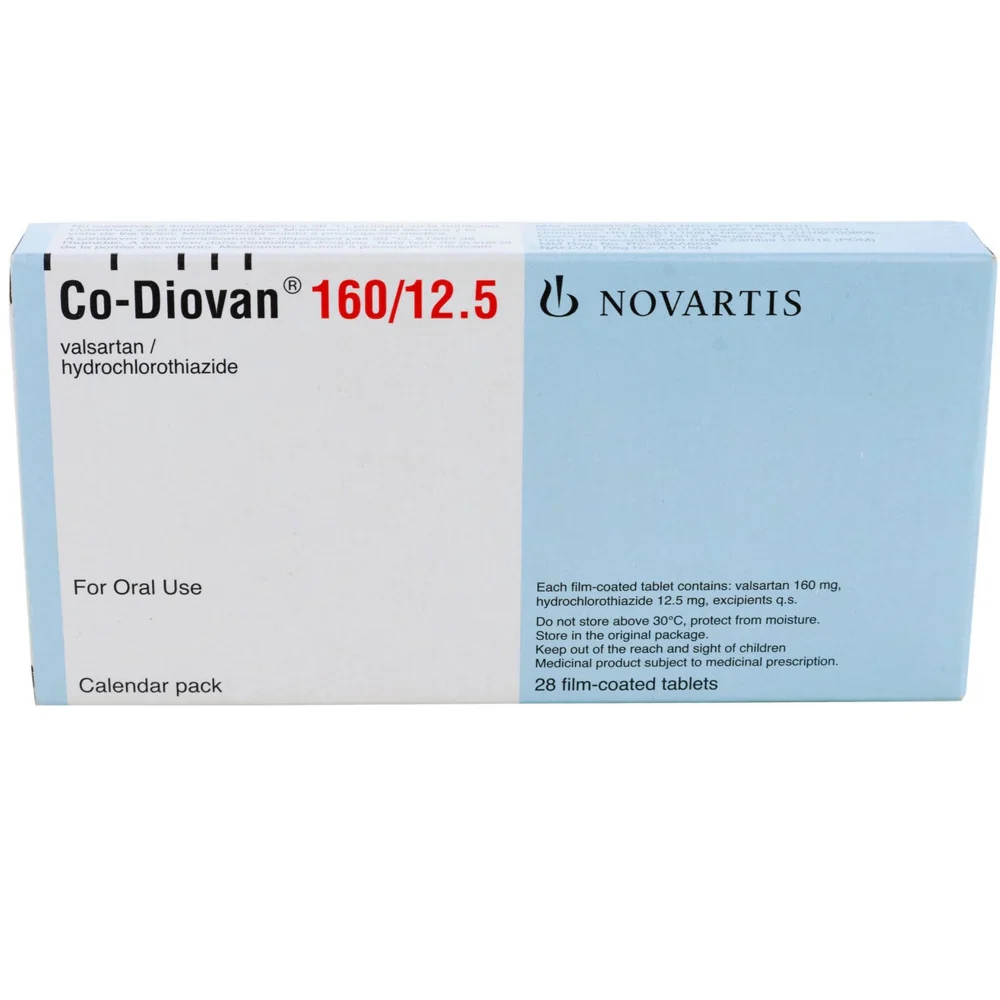
Reviews
There are no reviews yet.